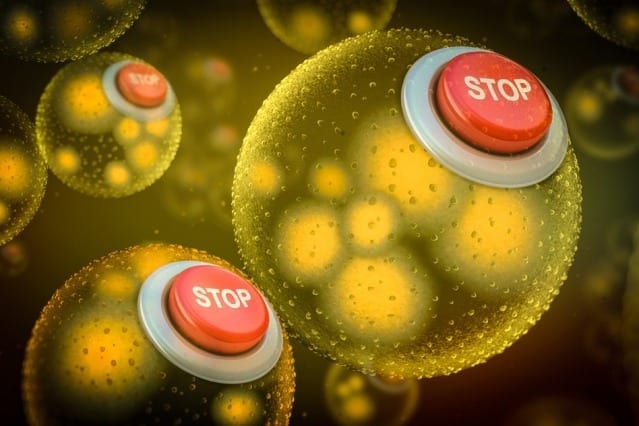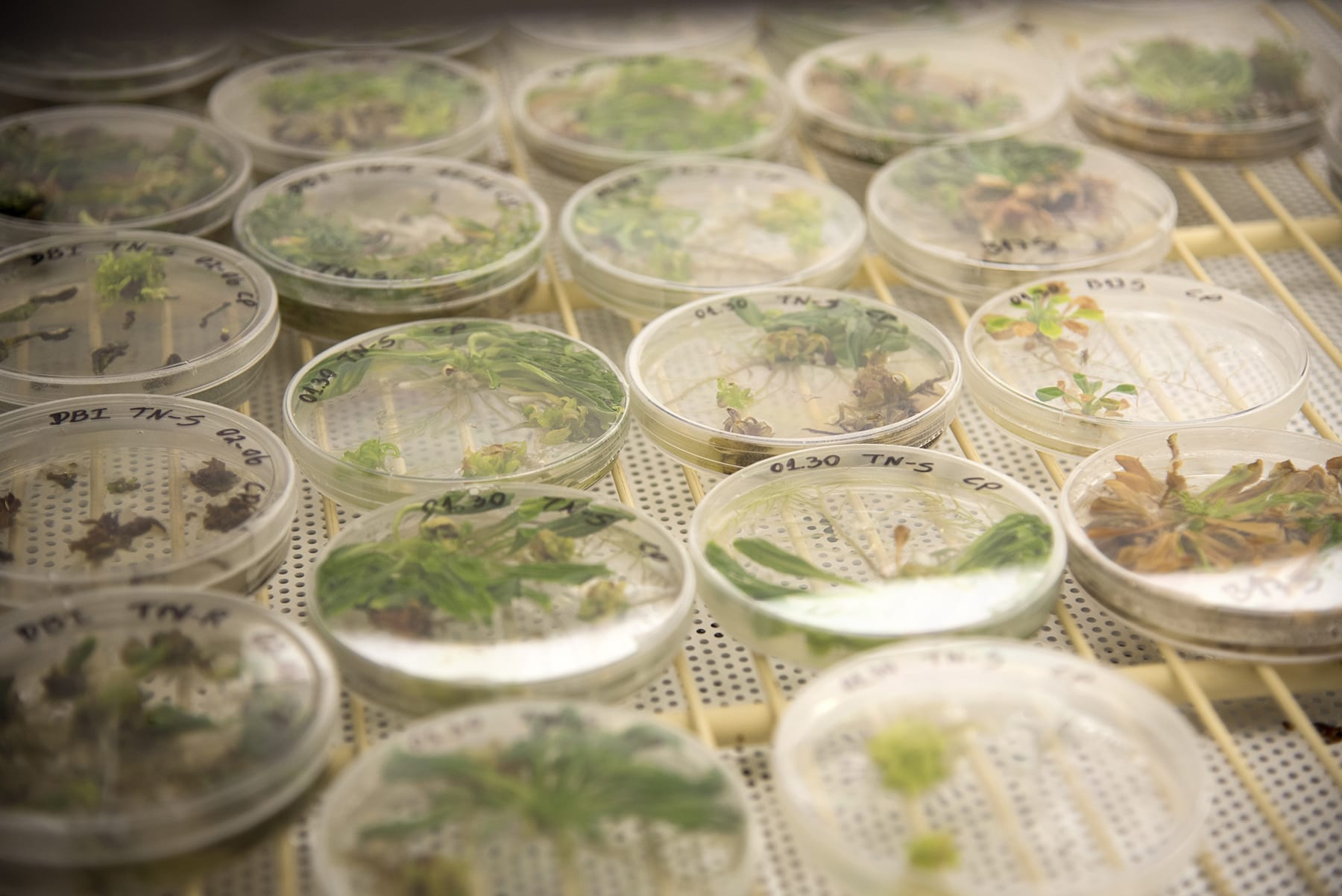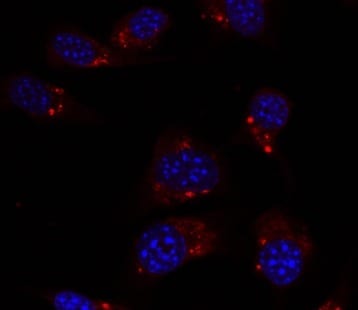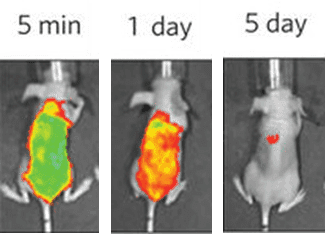
Image: MIT News
Synthetic biology technique could make it safer to put engineered microbes to work outside the lab
Many research teams are developing genetically modified bacteria that could one day travel around parts of the human body, diagnosing and even treating infection. The bugs could also be used to monitor toxins in rivers or to improve crop fertilization.
However, before such bacteria can be safely let loose, scientists will need to find a way to prevent them from escaping into the wider environment, where they might grow and cause harm.
To this end, researchers at MIT, the Broad Institute of MIT and Harvard, and the Wyss Institute at Harvard University have developed safeguards in the form of two so-called “kill switches,” which can cause the synthetic bacteria to die without the presence of certain chemicals.
In a paper published this week in the journal Nature Chemical Biology, the researchers describe their two kill switches, which they call “Deadman” and “Passcode.”
Stand-alone circuits
There have been a number of attempts to develop kill switches over the past year, according to James Collins, the Termeer Professor of Medical Engineering and Science in MIT’s Department of Biological Engineering and Institute for Medical Engineering and Science (IMES), who led the research.
These include efforts to reprogram the entire genome of the organism to ensure that it requires the presence of certain amino acids or other chemicals in order to survive, divide, and grow.
However, this approach can be both labor- and resource-intensive, and could introduce changes that might make the organism less useful as a monitoring or diagnostic tool, Collins says.
“In our case, we are introducing standalone circuits that can be popped in to any number of different organisms, without needing to rewire or change much of the genome in order for it to accommodate the switch,” he says.
The Deadman switch, for example, is part of a bacterial strain that needs an external chemical to prevent a continuously expressed toxin from killing the cell.
The switch was motivated by the so-called deadman brakes on old trains, which required a conductor to be in constant contact with the handle or pedal in order for the vehicle to move forwards, Collins says.
The system, which builds on previous work in Collin’s lab, consists of a genetic “toggle” switch made up of two transcription factor genes.
The switch can flip between two states, in which either one of the two transcription factor genes is turned on. The researchers altered the expression of these two transcription factors, leading to strong expression for one gene and weak expression for the other.
The presence of a small molecule keeps the switch in its weak state, but as soon as this is removed, the switch will flip to its strong state. The switch is programmed to express various toxins as soon as this strong state is turned on, Collins says.
“If the system does get flipped, by removing the small molecule, it would express toxins at a very high level that could then quite rapidly and readily kill off the bug,” he says.
A cellular logic gate
The Passcode switch, in contrast, acts like a logic gate in that it requires a specific combination of several chemical inputs in order to enable the genetically modified bacteria to survive and proliferate.
The switch consists of a set of modular transcription factors that contain separate domains for sensing small molecules — the inputs — and for regulating gene expression. By mixing and matching these functional domains, the researchers are able to construct hybrid transcription factors in which different small molecule inputs are linked to the control of a specific promoter for gene expression.
If the transcription factors detect that the right combination of small molecules are present in the environment, then the bacteria will survive. But if the correct combination of input signals is not present, the switch kills the bug, according to the paper’s lead author Clement Chan, a postdoc in Collin’s laboratory.
“If any of the required inputs are not correct, then the bug will die,” he says.
By using different transcription factors, the researchers can change the passcode combination of small molecules needed for the cell to survive. In this way the switches can be easily changed to meet the needs of different applications, Chan says.
“It makes our biocontainment system much more flexible, so you can apply the passcode system in a much wider range of applications.”
The switches could also be used to protect a company’s intellectual property, Chan says.
“Imagine that you own a certain bug, and you don’t want your competitors to use it. Then you could incorporate this device so that only people who know the passcode can use your bug,” he says.
Even if a competitor somehow managed to get hold of the passcode, the researcher could simply change it by using different transcription factors, he says.
Scaling up
The new safeguards have exciting possibilities for scaling kill switches in two important directions, according to Farren Isaacs, an assistant professor in the Systems Biology Institute at Yale University, who was not involved in the research.
First, they establish the feasibility of using kill switches across diverse species, Isaacs says.
“They also expand the passcode switches to a large combination of synthetic molecules and transcription factors for many unique sets of biocontained strains and customized cocktails of synthetic small molecules,” he adds.
Having successfully tested the two kill switches in Escherichia coli, the researchers are now hoping to incorporate them into living diagnostic or therapeutic tools, designed to target a variety of bacterial infections, Collins says.
Read more: “Kill switches” shut down engineered bacteria
The Latest on: Engineered bacteria
[google_news title=”” keyword=”engineered bacteria” num_posts=”10″ blurb_length=”0″ show_thumb=”left”]
via Google News
The Latest on: Engineered bacteria
- CRISPR is promising to tackle antimicrobial resistance, but bacteria can fight backon April 26, 2024 at 3:00 pm
In his presentation "How to use CRISPR-Cas to combat AMR" at the ESCMID Global Congress, Assistant Prof. Ibrahim Bitar, Department of Microbiology, Faculty of Medicine and University Hospital in Plzen ...
- Can vitamin D help fight cancer?on April 25, 2024 at 9:45 pm
When his colleague Evangelos Giampazolias, now at the Cancer Research UK Manchester Institute, discovered that switching off the gene which provides instructions to make the aptly named vitamin ...
- Aditya Kunjapur awarded BII & Science Prize for Innovationon April 25, 2024 at 8:24 am
Indian American scientist wins the prize for work toward building a better platform for possible future bacterial vaccines ...
- Bacteria Engineered for Climate-Neutral Chemicals of the Futureon April 24, 2024 at 5:06 pm
Microbes are a kind of production platform into which biosynthesis modules can be inserted according to the “plug-and-play” principle.
- Engineered Bacteria: A Climate-Neutral Solution for Chemical Productionon April 24, 2024 at 11:56 am
Researchers transform bacteria to produce chemicals from renewable methanol, reducing reliance on fossil fuels ...
- This company just bioengineered a plant-bacteria combo to clean air better than an air purifieron April 24, 2024 at 8:01 am
That’s common knowledge, but given the amount of pollutants we produce, both outdoors and in our homes, plant life can only do so much to clean our air. However, the bioengineering firm Neoplants has ...
- Engineering Bacteria to Produce Green Chemicals from Methanolon April 23, 2024 at 9:04 am
Methanol can be synthesised from carbon dioxide and water using renewable energy. When this green methanol is metabolised by specialised bacteria, a variety of chemical substances can be ...
- Bacteria for climate-neutral chemicals of the futureon April 23, 2024 at 9:02 am
Researchers at ETH Zurich have engineered bacteria in the laboratory to efficiently use methanol. The metabolism of these bacteria can now be tapped into to produce valuable products currently made by ...
- Synlogic gets grant for genetically engineered bacteria for attenuating metabolic diseaseson April 22, 2024 at 5:18 am
Discover how Synlogic Inc's patented genetically engineered bacteria produce short-chain fatty acids to combat metabolic diseases. Learn more about this innovative treatment approach.
- Building Better Leather with Bioengineered Bacteriaon April 21, 2024 at 4:27 pm
Fashion, and particularly fast fashion, is massively destructive to the planet. Only a few decades ago, people and families shared and mended clothing... | Earth And The Environment ...
via Bing News




